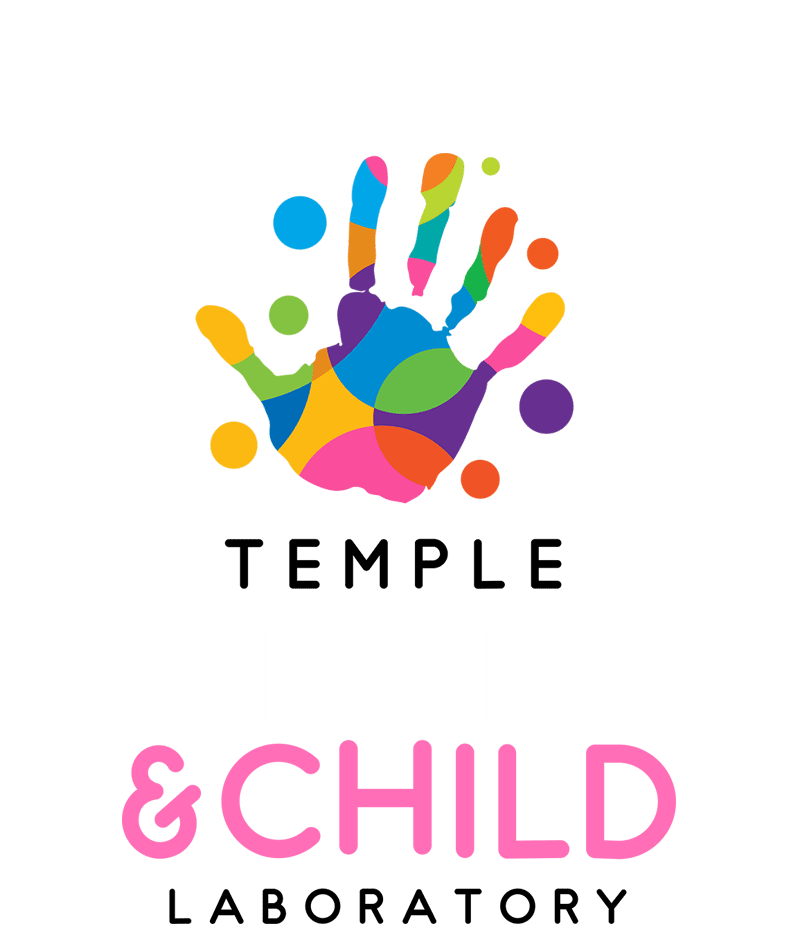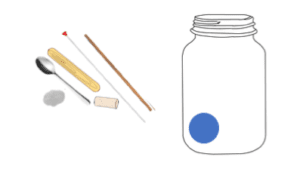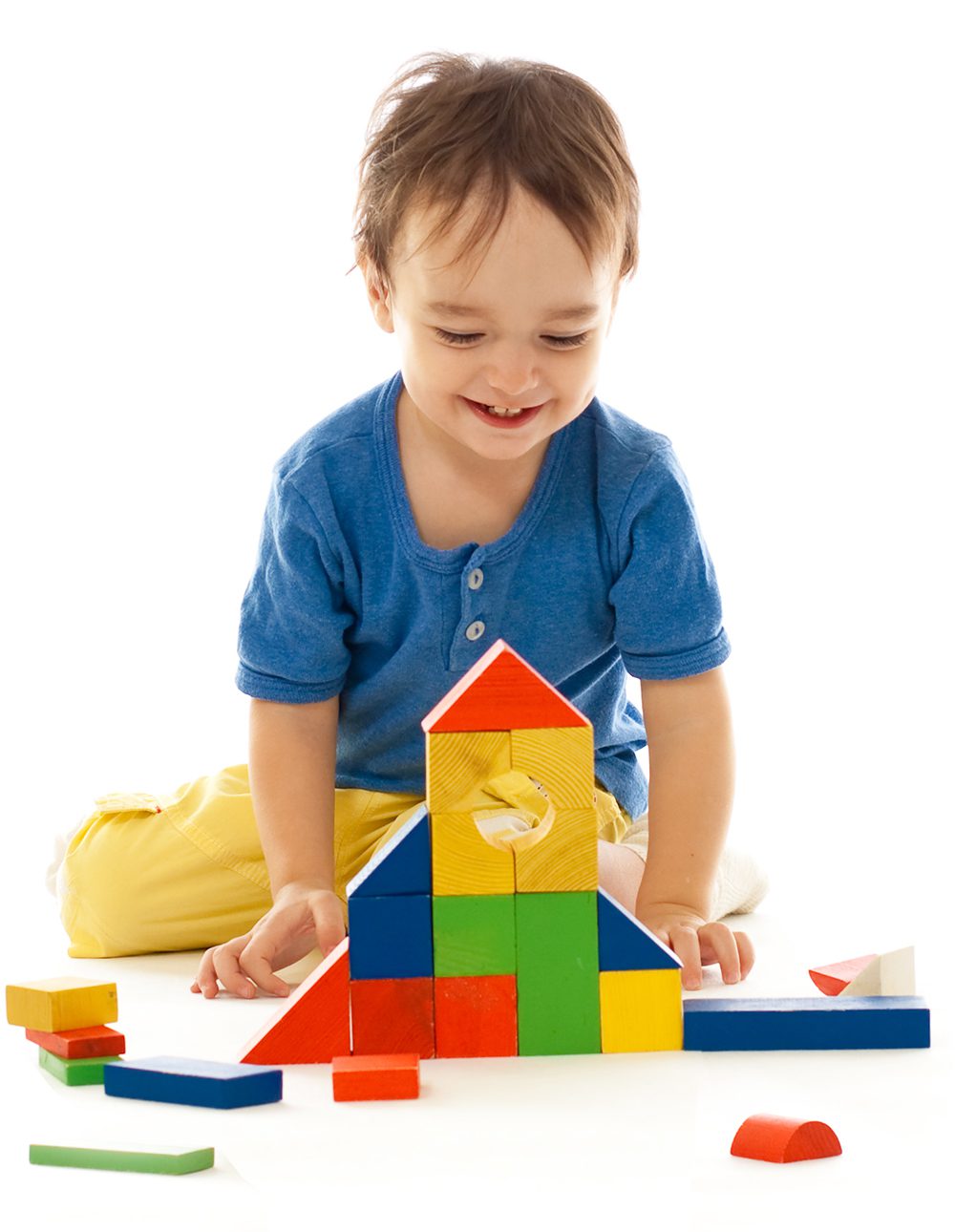Playful Learning and Guided Play
The science of learning tells us that children learn best when they are active, engaged and not distracted, when the material they are learning is meaningful, and when then the lesson is socially interactive. Playful learning builds on these principles by bringing the joy and agency that children experience in play into their learning experiences. Playful learning spans three types of play: free play, guided play, and games.
PAPER: Zosh, J. M., Hirsh-Pasek, K., Hopkins, E. J., Jensen, H., Liu, C., Neale, D., Solis, S.L., & Whitebread, D. (2018). Accessing the inaccessible: redefining play as a spectrum. Frontiers in psychology, 9.
During free play, children choose the activities and make the rules – free play is self-initiated and self-directed. When someone mentions play, free play is often the first thing that comes to mind. We picture children running through a field with friends, playing dress up, or doing science experiments with water and baking soda. Free play with objects helps children uncover how the world works using scientific thinking, social free play gives opportunities for learning how other people think and how to work together while negotiating social conflicts, and choosing activities builds self-confidence.
Guided play is both child-led and adult-guided. Adult guidance can take numerous forms, including playing with a child as a peer would, asking the child questions that the adult knows the answer to, or supplementing a child’s discovery with relevant information. During guided play the child often chooses the activity, such as building a tower, but the adult may gently guide the child toward a goal that will increase their learning, such as how to build a stronger tower that is unlikely to fall. The adult’s role is to maintain the child’s focus on the activity and provide support when the child is struggling, for example asking the child questions about which block should be added next or making suggestions about how many blocks are necessary to have a strong base. Children learn better when they figure out an answer or correct a mistake on their own than when an adult simply tells them the answer or corrects a mistake for them. We found that using guided play to help preschool-aged children discover the “secrets of the shapes” led to enhanced learning about shapes. We encouraged children to physically interact with the triangles and asked them instructive questions about the physical features of the triangles. Children who engaged in this guided play demonstrated greater geometric knowledge about shapes – both immediately after playing and one week later – compared to children who passively observed the adult exploring the shapes, or children who played freely with the shapes with no adult guidance. Thus, guided play could be thought of a “sweet spot” that combines the best elements of child-directed play and adult-guided learning.
PAPER: Fisher, K. R., Hirsh‐Pasek, K., Newcombe, N., & Golinkoff, R. M. (2013). Taking shape: Supporting preschoolers’ acquisition of geometric knowledge through guided play. Child development, 84(6), 1872-1878.
Games combine either tangential or targeted learning goals with the fun and engaging characteristics of game play to support children’s learning. For example, a game with a tangential learning goal would be Simon Says. Simon Says was not designed to work on executive functioning skills, such as inhibiting a response when Simon does not “say” to do something, but it builds those skills all the same. Our research group’s work on a modified version of a Snakes & Ladders game provides an example of a game with a targeted learning goal. In this study, pairs of preschool children read a storybook featuring target vocabulary words with a researcher, and then reviewed the words. Children whose word review was embedded in the Snakes & Ladders game learned more words than children who reviewed the words in a traditional non-game context, illustrating the power of games in playful learning.
PAPER: Hassinger‐Das, B., Ridge, K., Parker, A., Golinkoff, R. M., Hirsh‐Pasek, K., & Dickinson, D. K. (2016). Building vocabulary knowledge in preschoolers through shared book reading and gameplay. Mind, Brain, and Education, 10(2), 71-80.
To learn more about playful learning check out this 2019 review!
PAPER: Toub, T. S., Hassinger-Das, B., Nesbitt, K. T., Ilgaz, H., Weisberg, D. S., Hirsh-Pasek, K., Golinkoff, R.M., Nicolopoulou, A., & Dickinson, D. K. (2018). The language of play: Developing preschool vocabulary through play following shared book-reading. Early Childhood Research Quarterly, 45, 1-17.





